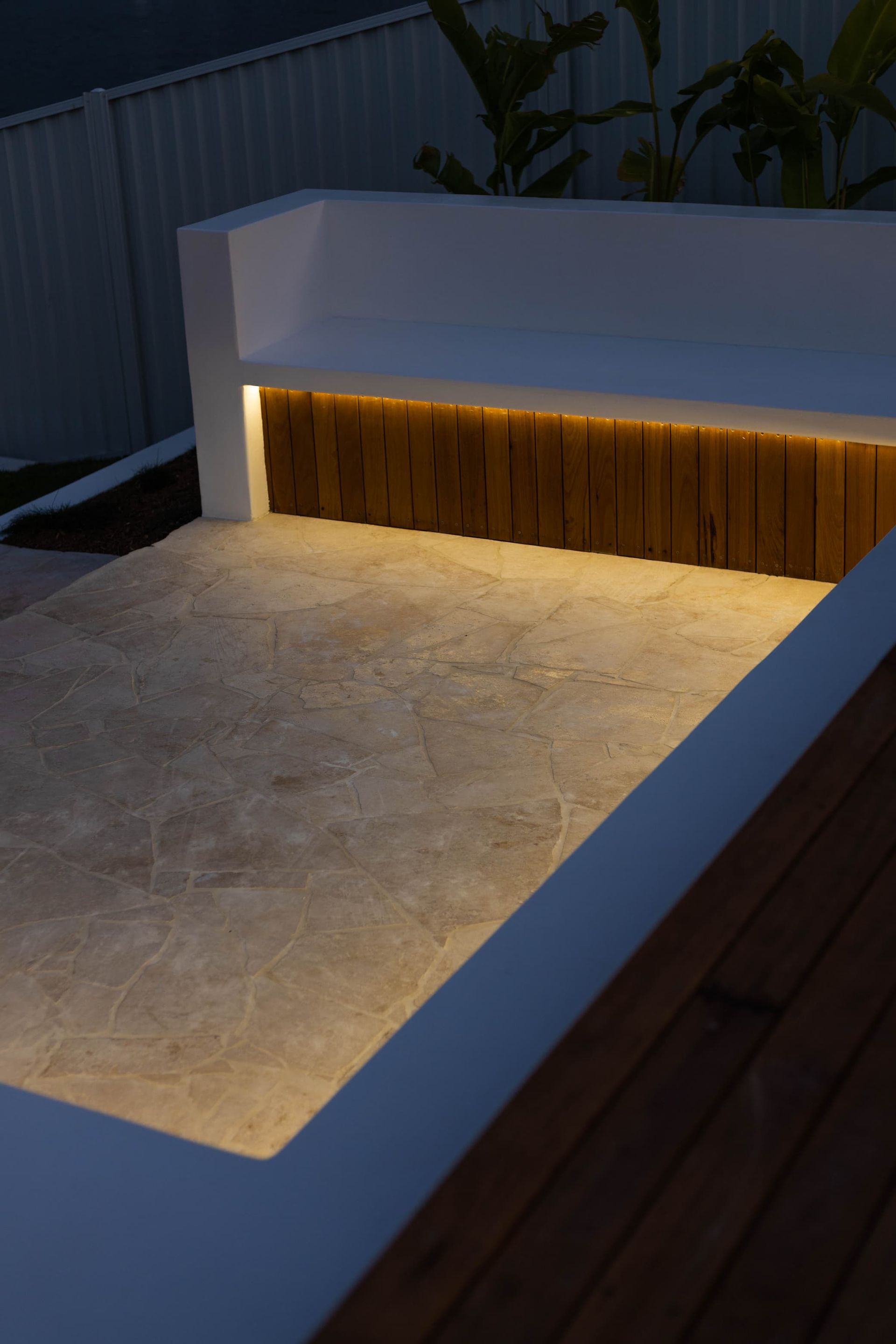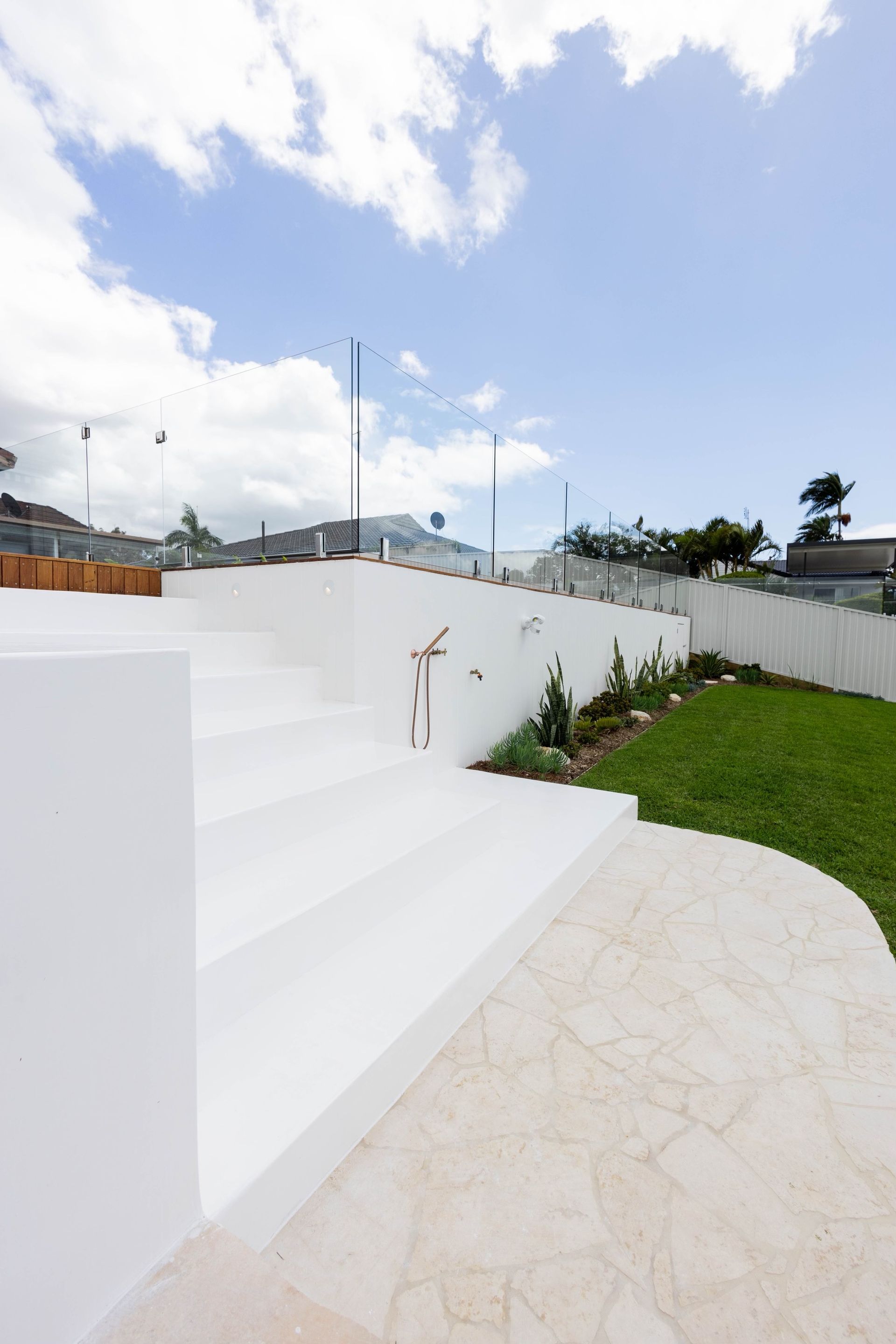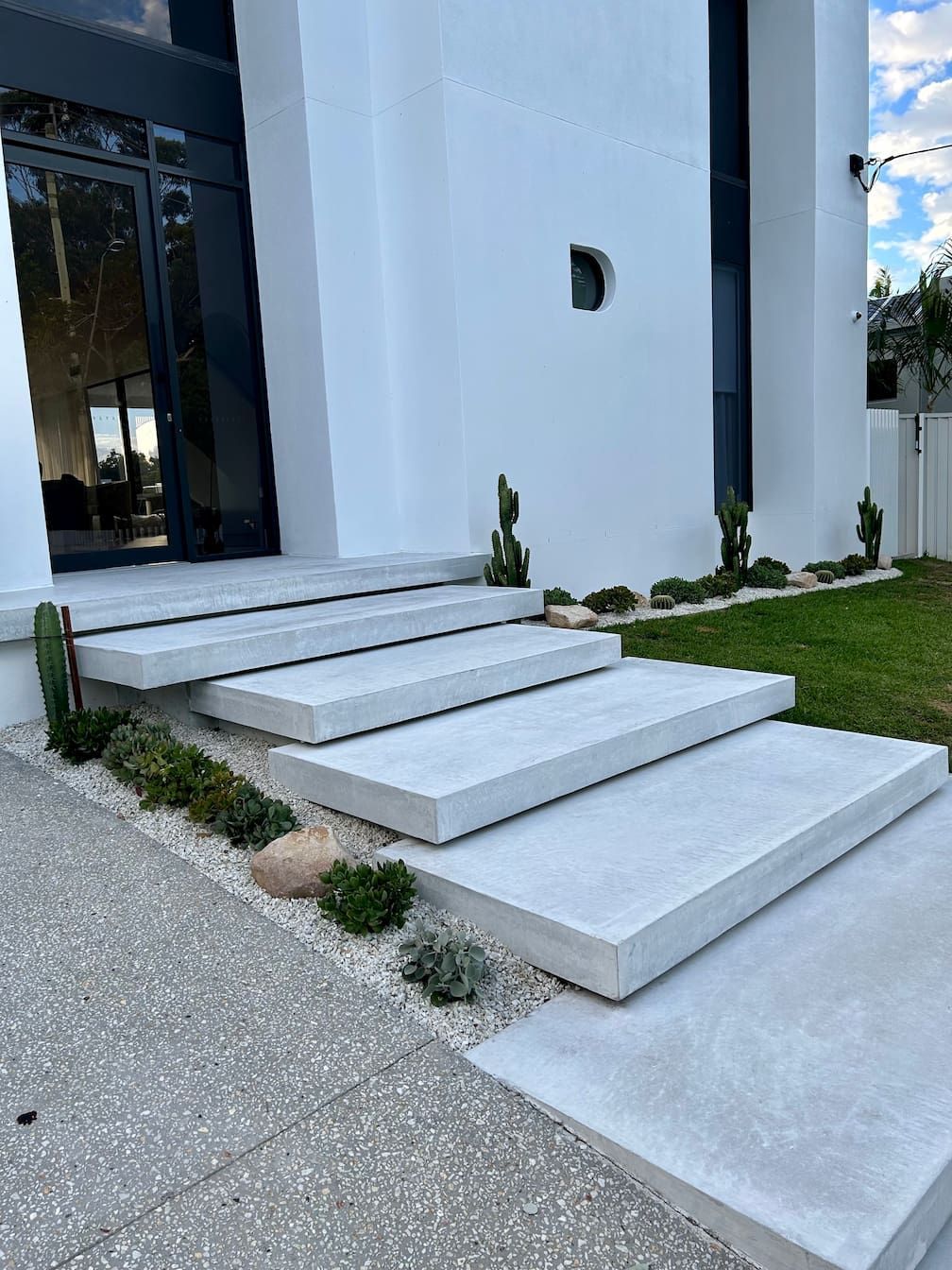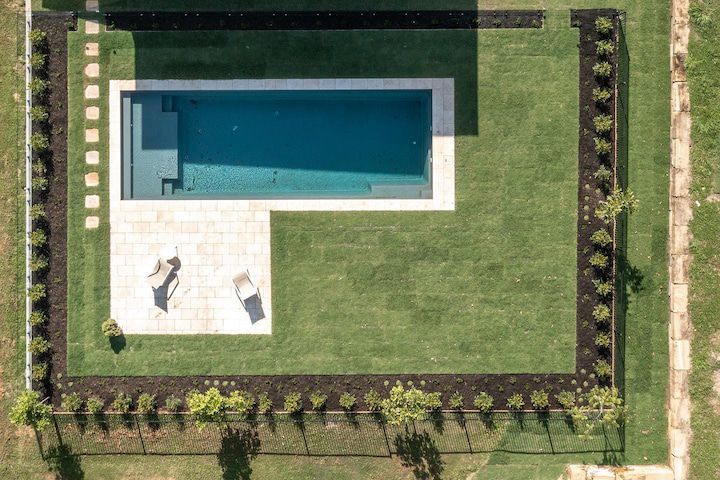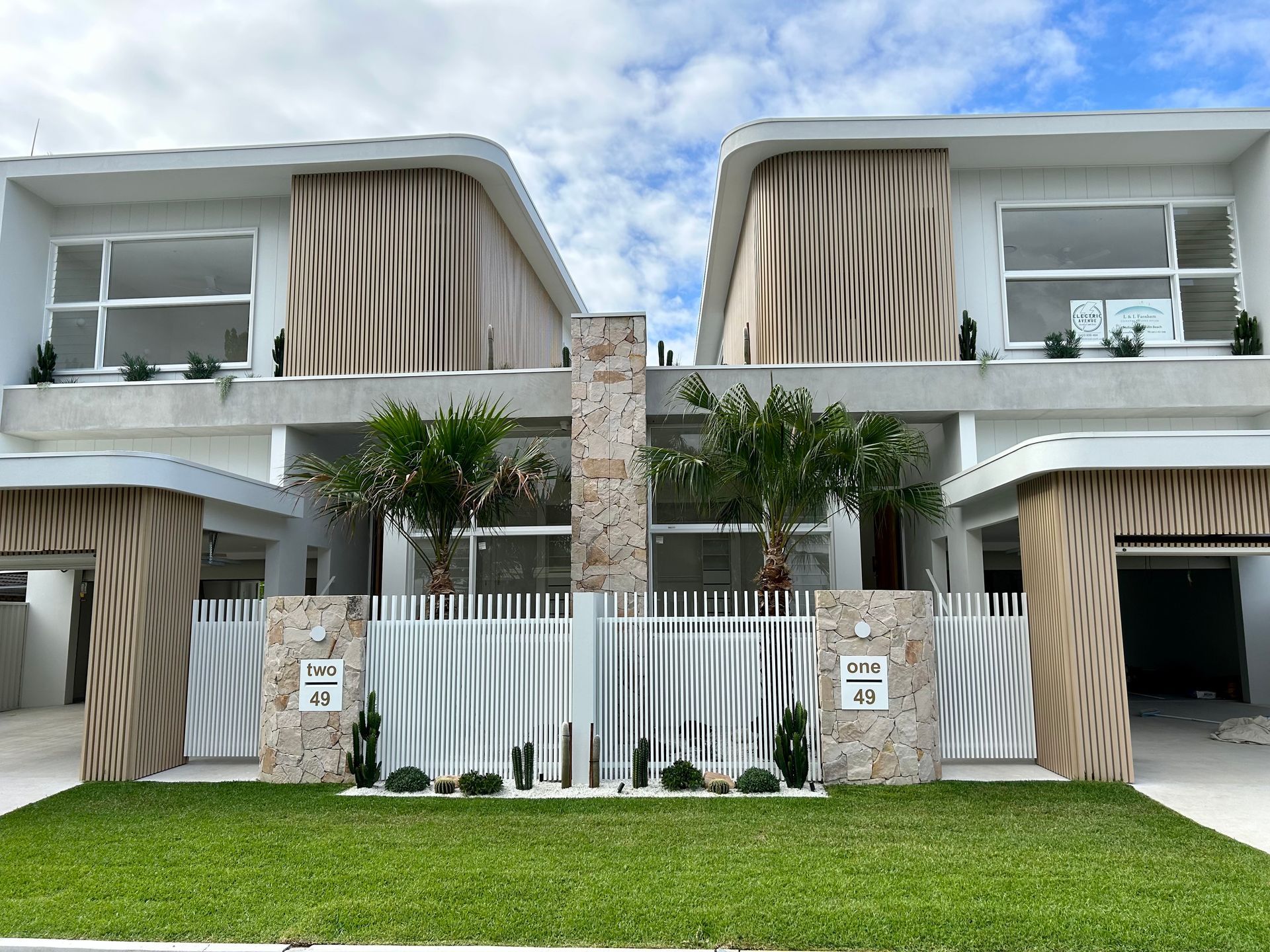What Is Pool Coping?
Pool coping plays a pivotal role in the design and functionality of swimming pools and is the material or cap that borders the edge of the pool, defining the pool structure from the surrounding surface area.
With favourable temperatures for most of the year, having a pool is a must in Queensland. When it comes to the design and function of a pool, coping plays an important role.
In this blog, we answer the question ‘What is pool coping?
So What Is Pool Coping & What Does It Do?
Pool coping is the material or cap that borders the edge of the pool.
The primary function of pool coping is to direct splashback water away from the pool and into drainage systems, safeguarding the pool structure and adjacent areas from water damage.
It also offers a non-slip surface for safe entry and exit, while defining the pool's edge.
Different Types of Pool Coping
There are a range of different types of pool coping commonly used around Australian pools, including:
Bullnose Coping: Characterised by pavers with a rounded edge on one side, bullnose coping provides a smooth, safe transition between the pool and deck. Its rounded edge offers grip and comfort, making it a popular choice for family pools.
Cantilever Edge Coping: This coping style extends slightly over the pool's edge, offering a seamless and modern look. Made typically of concrete, cantilever coping integrates the pool edge with the surrounding surface, creating a sleek appearance.
Flat Mount Coping: Designed to be flush with the pool edge, flat mount coping delivers a clean and minimalist aesthetic. This type of coping is especially common in infinity pools, where the water flows over the edge, creating a visual effect of water with no boundary.
Top Mount Coping: Sitting atop the pool's edge, top mount coping provides a straightforward and tidy appearance. It is versatile, being suitable for both concrete and vinyl-lined pools, and facilitates a clear demarcation of the pool boundary.
Different Materials Used in Pool Coping
The material chosen for pool coping can significantly influence the pool's look and functionality:
Stone Coping: Offers durability and a timeless, natural aesthetic. Popular stone materials include granite, limestone, and sandstone, each providing unique textures and colours.
Concrete Coping: Allows for a high degree of customisation in shape and colour, making it ideal for unique pool designs.
Tile Coping: With a wide range of colours and patterns, tile coping enables personalised design choices that can complement or contrast with the pool tiles for a distinctive look.
How Much Does Pool Coping Cost?
The cost of pool coping depends on the type of material and design complexity. Prices typically range from $40 to $100 per linear metre for standard materials, with premium materials having higher prices.
How Long Does Pool Coping Last?
The lifespan of pool coping varies with the material and maintenance level. Stone and concrete coping can last several decades if properly maintained, whereas tile coping may require more frequent attention to repair or replace damaged pieces.
How Do You Maintain Pool Coping?
The maintenance requirements for pool coping varies by material:
- Stone and Concrete Coping: Needs sealing to prevent water absorption and staining, alongside regular cleaning.
- Tile Coping: Requires inspections for cracks or chips and maintenance of the grout to prevent leakage.
What Are the Benefits of Using Pool Coping?
Pool coping offers numerous advantages, including protecting the pool structure, enhancing safety with a non-slip surface, improving the pool's aesthetic appeal and clearly defining the pool area.
Conclusion
Pool coping is a crucial feature for any swimming pool that combines aesthetic appeal with functional benefits. The variety of types and materials available allows for customisation to fit any design preference and functionality requirement.
Choosing the right pool coping, coupled with proper installation and maintenance, can significantly enhance the beauty and longevity of your pool, making it a valuable addition to any home.
To talk to a team of
pool landscaping experts, get in touch with LGM Landscaping on the Gold Coast.
Get in Touch For A Free Quote

